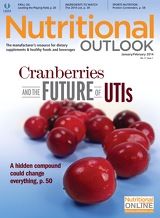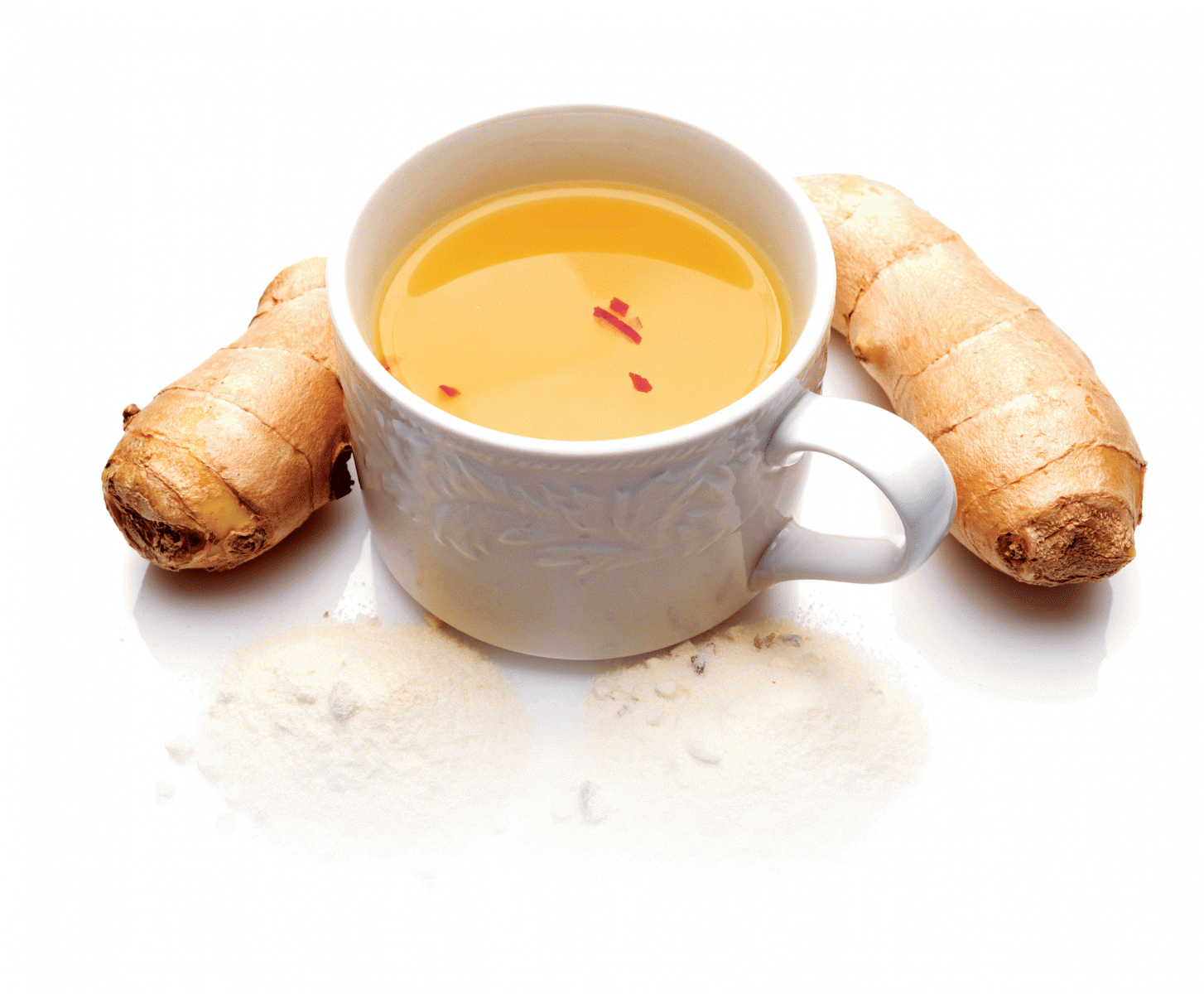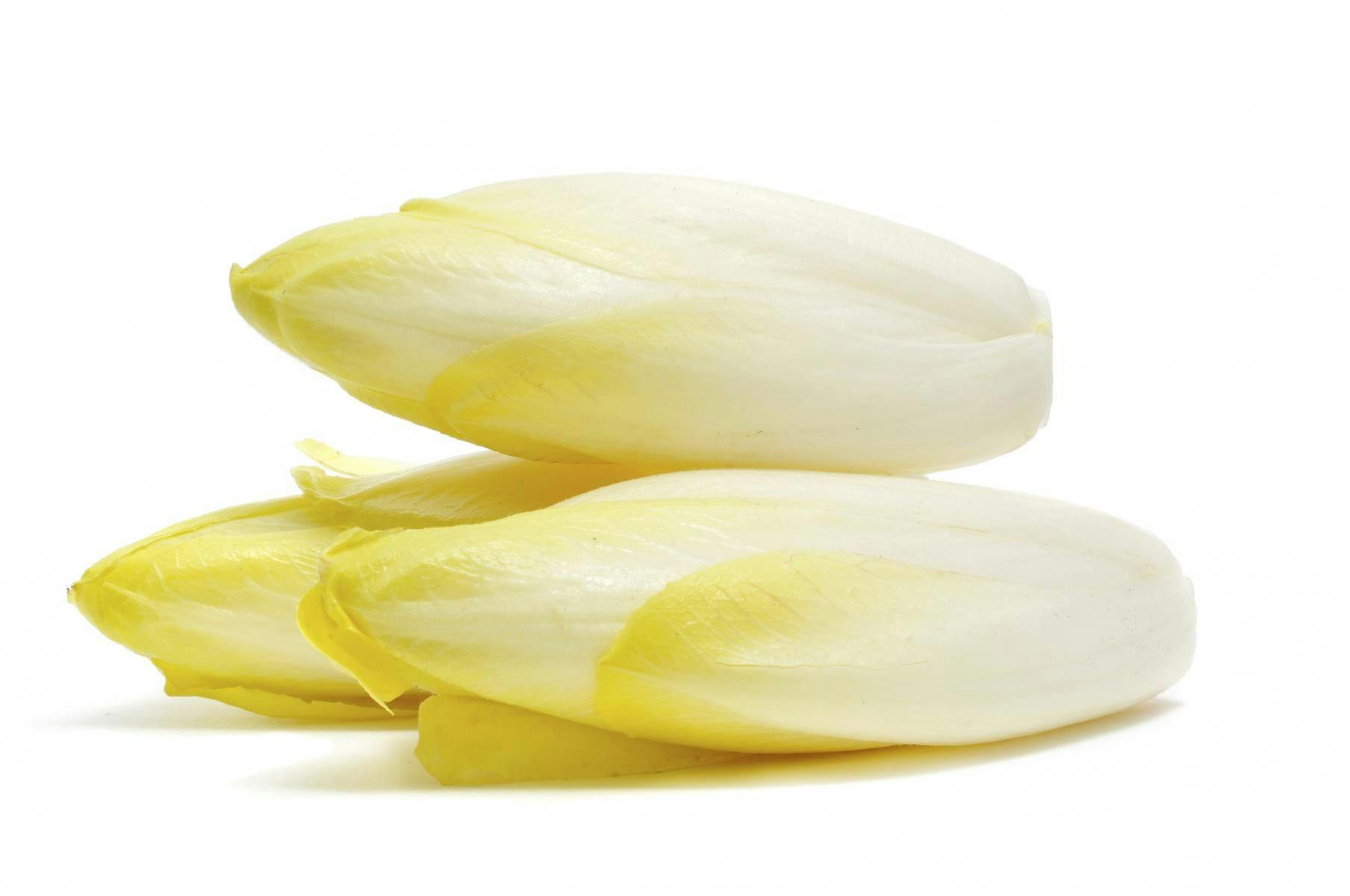2014 Dietary Supplement and Food Ingredients to Watch
Nutritional Outlook's picks for 2014.
For the full version of this story, including the latest condition-specific ingredient sales data from SPINS, see Nutritional Outlook’s January/February 2014 print issue.
Curcumin
Curcumin makes our list for the third year in a row. Last year, curcumin product sales (Curcuma longa) rose 29.5% in the natural channel, totaling $21.6 million, SPINS says. The mainstream market is also ready for curcumin, adds Lynda Doyle, vice president, global marketing, OmniActive Health Technologies (Morristown, NJ). Overall, she says, “recent data from Nutrition Business Journal places turmeric in the top 10 bestselling supplements in the United States, at $108 million in 2012, and it is expected to grow [during] 2013–2016 to $235 million.”
Bioavailability is a challenge-or a marketing advantage, depending on the supplier. Last year saw two notable ingredient launches: Curcumin C3 Reduct from Sabinsa Corp. (East Windsor, NJ) and OmniActive’s CurcuWIN.
Sabinsa’s new curcumin platform is intriguing. Suppliers often hype curcumin’s curcuminoid content, but Sabinsa’s C3 Reduct centers instead on tetrahydrocurcuminoids. The company says clinical research shows that, in the human body, tetrahydrocurcuminoids are the most active and effective metabolites of curcuminoids (curcumin’s active constituents). Tetrahydrocurcuminoids exhibit superior physiological effects, and are more absorbable and superior antioxidants, compared to curcuminoids, Sabinsa says. This makes lower dosages possible.
Steering curcumin dialogue in a new direction is important, says Shaheen Majeed, Sabinsa’s marketing director. “In recent times, we have seen in the market an overemphasis on the bioavailability of curcumin and curcumin absorption, and not the science of the curcuminoids and what happens to them in the body,” he says.
Also outstanding is C3 Reduct’s unique, off-white color. Curcumin’s typical yellow-orange hue, which stains, is always a manufacturing hurdle. But C3 Reduct avoids this. Majeed cautions that products labeled as “white curcumin” are not the same as C3 Reduct and probably turmeric bleached white. “‘White curcumin is not the same substance mentioned in the published science in peer-reviewed journals.”
Already on the market in a few supplements, including one for animal joint health, C3 Reduct will no doubt see interesting new applications down the road. (Note: Tetrahydrocurcuminoids are also the basis of Sabinsa’s skin-lightening ingredient SabiWhite.) Look for tetrahydrocurcuminoids to become a bigger piece of the curcumin conversation.
OmniActive’s new CurcuWIN ingredient (20% curcuminoids) is highly bioavailable, thanks to UltraSOL molecular dispersion. UltraSOL “converts lipophilic nutrients into water-dispersible ingredients and enhances the bioavailability of poorly absorbed nutrients using food-grade excipients and antioxidants,” Doyle says.
CurcuWIN’s bioavailability is backed by a clinical trial by the University of Tampa and Increnovo LLC. The results were impressive: CurcuWIN increased serum curcuminoid levels 46 times over standard curcumin. Importantly, instead of comparing against standard curcumin ingredients, which may not be very bioavailable, the researchers also made sure to compare CurcuWIN to other bioavailable curcumin ingredients for true, apples-to-apples results. CurcuWIN was more bioavailable by far, Doyle says. The company is now pursuing clinical trials in healthy populations.
Protein
These days, consumers want high protein any way they can get it-and they can get it in many ways. For more info on different protein sources (plant and dairy), see our latest protein for sports nutrition story.
Sales of plant proteins (other than soy) outpaced sales of soy and whey in the natural channel last year, according to SPINS. “Consumers like plant proteins for improved taste, the allergen-free benefits, ease of digestion, and due to the expansion of vegan and vegetarian diets,” says Kathy Lund, vice president of business development and marketing for AIDP Inc. (City of Industry, CA). “In addition, plant-based proteins are more environmentally friendly.”
Chia
If chia is gaining traction with consumers, slowly but surely, it may be because those chia products are just so eye-catching, whether it’s a drink (Chia Mamma, Drink Chia!, or Ahhmigo’s Chia & Water), a squeezable pouch (Chia Mamma, as well), rice pudding (RiceBliss), or a breakfast “pod” (The Chia Company).
Last year, the European Commission, like the United Kingdom, effectively doubled the percentage at which chia(Salvia hispanica) can be included in food products (up to 10%). Read more about chia’s rise in Nutritional Outlook's January/February print issue.
Ginger
Ginger will be one of 2014’s tastiest flavor fashions, landing at numbers three and four on the 2014 top-trends lists of flavor houses Bell Flavors and Fragrances (Northbrook, IL) and Sensient Flavors (Hoffman Estates, IL), respectively. (Specifically, Sensient’s pick is “Ginger Plum.”) And flavors firm Virginia Dare (Brooklyn, NY) passed out samples of a Ginger Rooibos drink at industry events last year.
Expect to see ginger more in healthy beverages like vitamin waters and smoothies, as well as baked goods and even beer, says Bridget Schigoda, Sensient’s consumer insights manager. “The sky really is the limit in terms of what type of application ginger can be used in, from sweet to savory, beverage to food, classic to new,” she adds.
But ginger (Zingiber officinale) is more than just a pretty flavor. Satiety and digestive health are just a few benefits. Of the ginger studies published last year, two caught our eye. One, a meta-analysis published in Women and Birth, builds evidence that ginger alleviates nausea and vomiting. Specifically, the meta-analysis looked at pregnant women (504 test subjects total). Ginger may relieve these symptoms by helping muscles to contract and push food through the gastrointestinal tract (an effect called peristalsis). The other study, in Phytotherapy Research, concluded that ginger may be a natural alternative to migraine drugs. See Nutritional Outlook's January/February print issue for more on ginger research.
Kale
If one member of the Brassica family is expected to grow this year, it’s kale. This leafy green earned its own National Kale Day last year, and it continues to pop up at mass retail grocers and farmers markets around the United States, and now in a nationwide Jamba Juice promotion.
Available in green, purple, and black varieties, kale can be manufactured into numerous food and beverage formulations, including chips, energy bars, juices, smoothies, and green powder blends. But the market for kale ingredients is still young, with ingredient suppliers such as NP Nutra (Gardena, CA) and RFI Ingredients (Blauvelt, NJ) adding kale powders and extracts to their vegetable offerings.
Apart from its density in vitamins and minerals, kale is rich in lutein and potential cancer-fighting compounds called glucosinolates. Kale is grown worldwide in temperate climates, and the time of harvest may dictate this ingredient’s taste.
Gelatin
As manufacturers seek consumer-compliant forms for today’s many dietary supplements, gummies are indeed taking over. Whether used for fish oil concentrates, green blends, or multivitamin formulas, gummies give children and adults a pleasant break from the otherwise dull routine of popping pills.
But, with the rise of gummies comes an important decision for each and every dietary supplement and confectionery manufacturer: do you include or omit animal-derived gelatin from your product?
Derived from cattle, pig, and even fish, gelatin has long been a traditional choice for formulating chewy yet sturdy gummies. But pectin, starch, and other plant-based options are now proving competitive, if only limited by their ability to act as a one-to-one gelatin replacement. With vegetarians and vegans increasing in numbers, and kosher and halal certifications gaining greater recognition, the decision on whether to purchase gelatin is getting a bit tricky. Expect to hear a lot about this ingredient, or its alternatives, in 2014.
Cranberry
Still a favorite dietary supplement for consumers, cranberry should prove a more sophisticated ingredient in 2014 than in prior years. Beyond its use for potential relief of urinary tract infections, cranberry continues to show promise in a number of health areas related to pesky bacteria, including oral care and digestive health. Select cranberry suppliers are even starting partnerships with probiotic developers.
As cranberries continue to be juiced and mashed for beverages and extracts, cranberry leftovers may start coming into good use. One of the newcomers to the expanding plant protein category is cranberry protein, and, while its price point is still high, this protein could prove to be a nice complement to plant protein blends for years to come.
For a look inside the current discussion surrounding cranberries and urinary tract infections, see the cover story of Nutritional Outlook's January/February 2014 print issue.
Jennifer Grebow
Editor-in-Chief
Nutritional Outlook magazine
jennifer.grebow@ubm.com
Which Ingredients to Watch have we picked in the past?

Prinova acquires Aplinova to further increase its footprint in Latin America
April 7th 2025Prinova has recently announced the acquisition of Brazilian ingredients distributor Aplinova, which is a provider of specialty ingredients for a range of market segments that include food, beverage, supplements, and personal care.

.png&w=3840&q=75)

.png&w=3840&q=75)



.png&w=3840&q=75)



.png&w=3840&q=75)



















